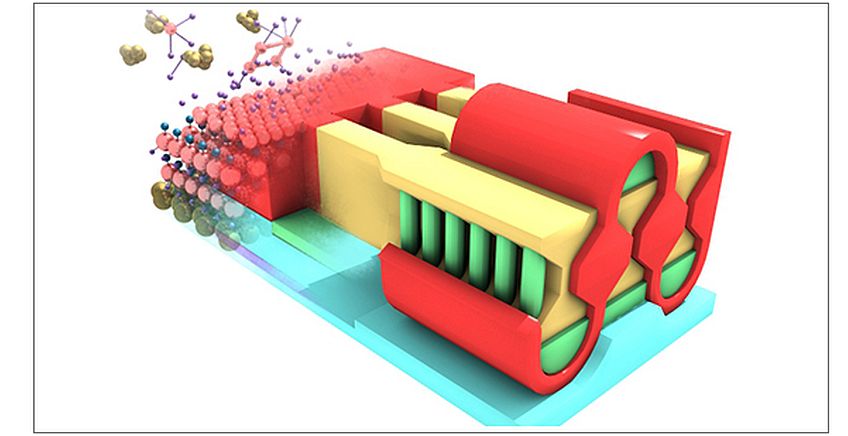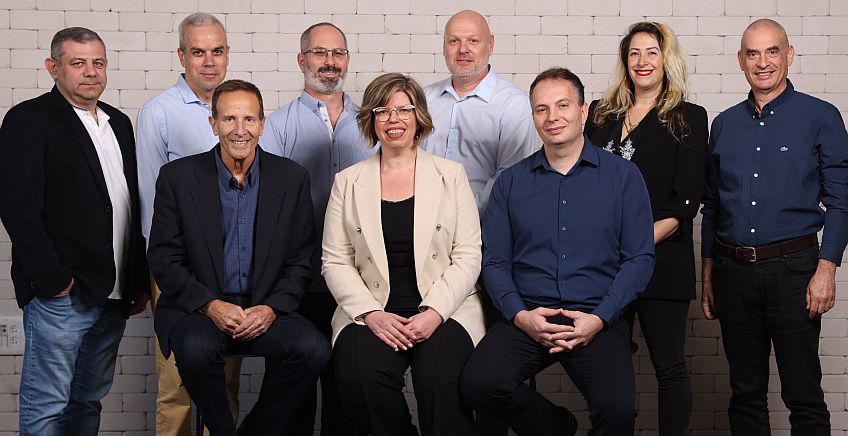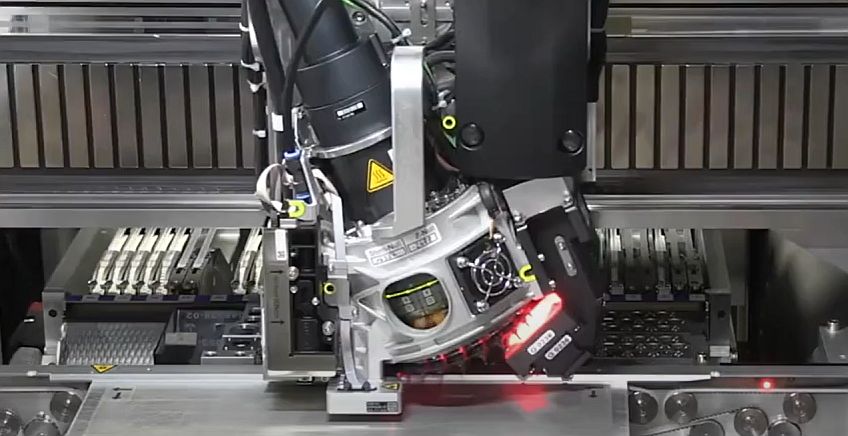DARPA is planning to reinvent the Transistor
27 March, 2017
A new DARPA program called DREaM, envisions the emergence of next-generation semiconductor materials and innovative transistor designs for future mmW communication systems

The Defense Advanced Research Projects Agency (DARPA) in the US begins a new program called DREaM, in order to re-design the traditional transistor and define a new building block for future military electronic systems. Since the advent of microelectronics in the mid-20th century, the basic concepts an materials in transistors virtually have not changed. DARPA’s new Dynamic Range-enhanced Electronics and Materials (DREaM) program is designed to provide new transistors for radiofrequency (RF) and millimeter-wave signals (mmW), which are central in defense-relevant domains such as communications, signals intelligence, and electronic warfare.
“The same basic transistor types have been dominant since their invention and we have been engineering the heck out of them for 50 years,” said Dan Green, a program manager in DARPA’s Microsystems Technology Office (MTO) and the overseer of the DREaM program. “The use of so just a few semiconductor materials has fundamentally limited us in the RF world. With DREaM, we want to rethink all of that and imagine new possibilities.”
The electromagnetic spectrum is overloaded
DARPA says there is a real need: “Enormous and exponentially growing cacophony of RF and millimeter-wave signals (shorter-wavelength and higher-frequency signals than those in the RF range) from civilian and military gadgetry, including everyday smartphones, long-range radars, and frequency-hopping RF jammers, is threatening to overcrowd the electromagnetic (EM) environment. As the Internet of Things and its billions of wirelessly communicating devices (UAVs, home appliances, and military and household sensors, for example) emerge, the RF and millimeter-wave environment will become even more complex, noisy, and challenging to use.”
The program seek to push for new transistors with unprecedented performance, especially in frequencies important for wireless communication, could become important parts of the solution to these challenges. DARPA had already put a stamp on transistors: Agency programs have laid down foundations for transistor technology based on the semiconductor materials gallium arsenide (GaAs) and gallium nitride (GaN), for example. Compared to silicon-based technology, the backbone substance of the microelectronics revolution, GaAs circuitry operates at the higher frequencies and signal amplification powers that have made practical a world connected by palm-sized cell phones. GaN circuitry can operate at yet higher powers and frequencies and have given the U.S. military an edge in electronic warfare by enabling its radars and jammers to work at greater distances than its adversaries.
New characteristics of RF transistors
The strategic challenge for researchers in DREaM, will be to revolutionize the trade offs between four key characteristics of RF transistors: 1) signal power, which determines an RF system’s range of operation, 2) power efficiency, which determines the size and weight of the power system required to run them, 3) the range of frequencies (bandwidth) in which the transistors work, 4) and the system’s so-called linearity, a measure of the fidelity at which a receiver can amplify signals, including weak ones that otherwise would get lost in the cocktail party of signals.
“Our goal is that DREaM transistors will transmit and receive the large and complex RF signals of the future and they will do so in smaller packages while consuming minimal power,” said Green. To achieve these goals DARPA hopes to push transistor technology on new materials that can accommodate more electrical charge and voltage without degrading. Advances on the materials front could open the way to the higher-power and more capable transistors. Ultrawide bandgap materials (UWB) such as complex oxides, which include gadolinium titanate and strontium titanate, and even particular crystal variants of GaN, are among the many possible candidates for research in this area.
Researchers engaging in the second technical area, which focuses on the linearity of transistor behavior over wide ranges of signal frequencies, will investigate unconventional transistor structures, among them nonplanar and filamentous ones, such as ones based on carbon nanotubes, as well as still-to-be-imagined geometries and layouts that are not constrained by the row-and-column transistor formats of today’s integrated circuits.
DARPA will host a Proposers Day in support of the DREaM program on March 29, 2017 at the Hilton in Arlington, VA.
Posted in: Electronic Components , News , Semiconductors , Technology



